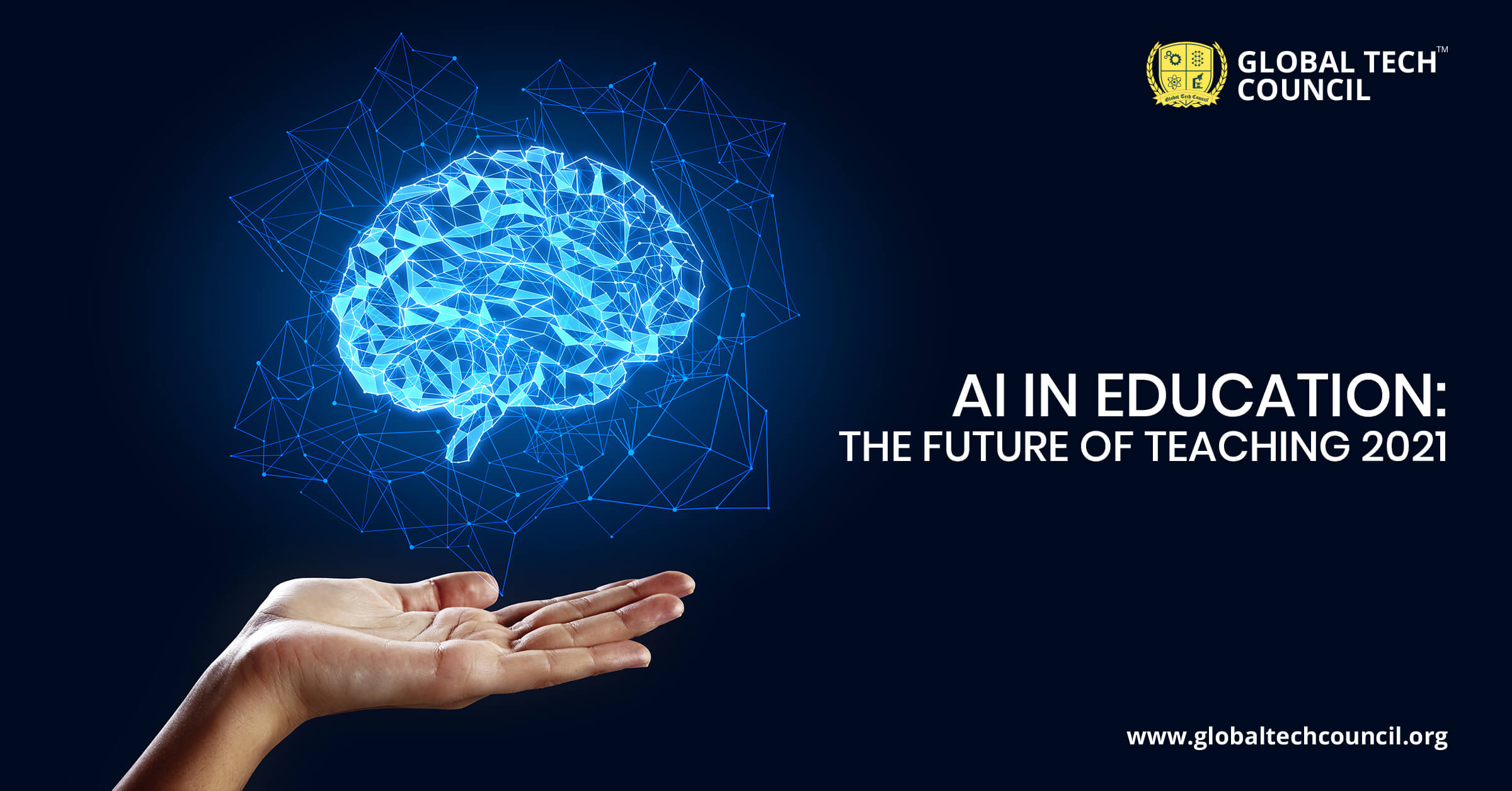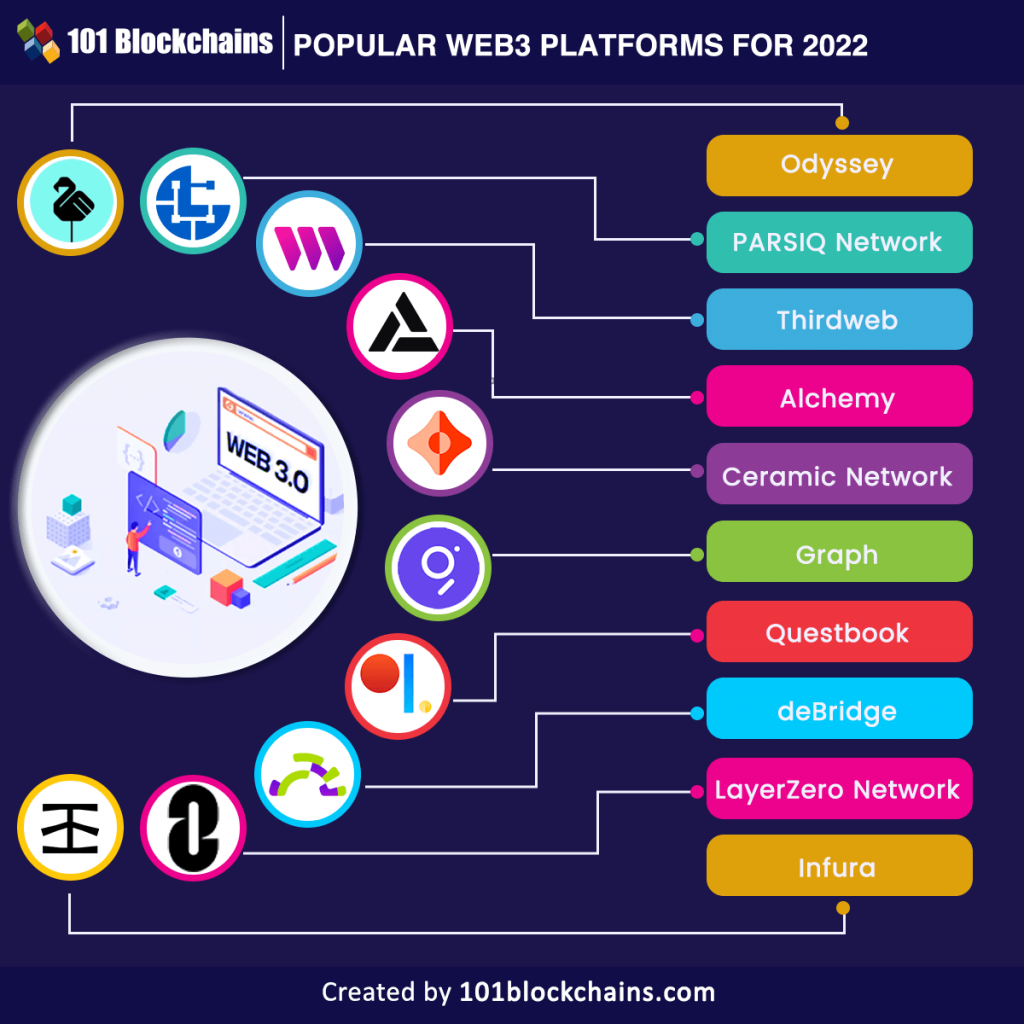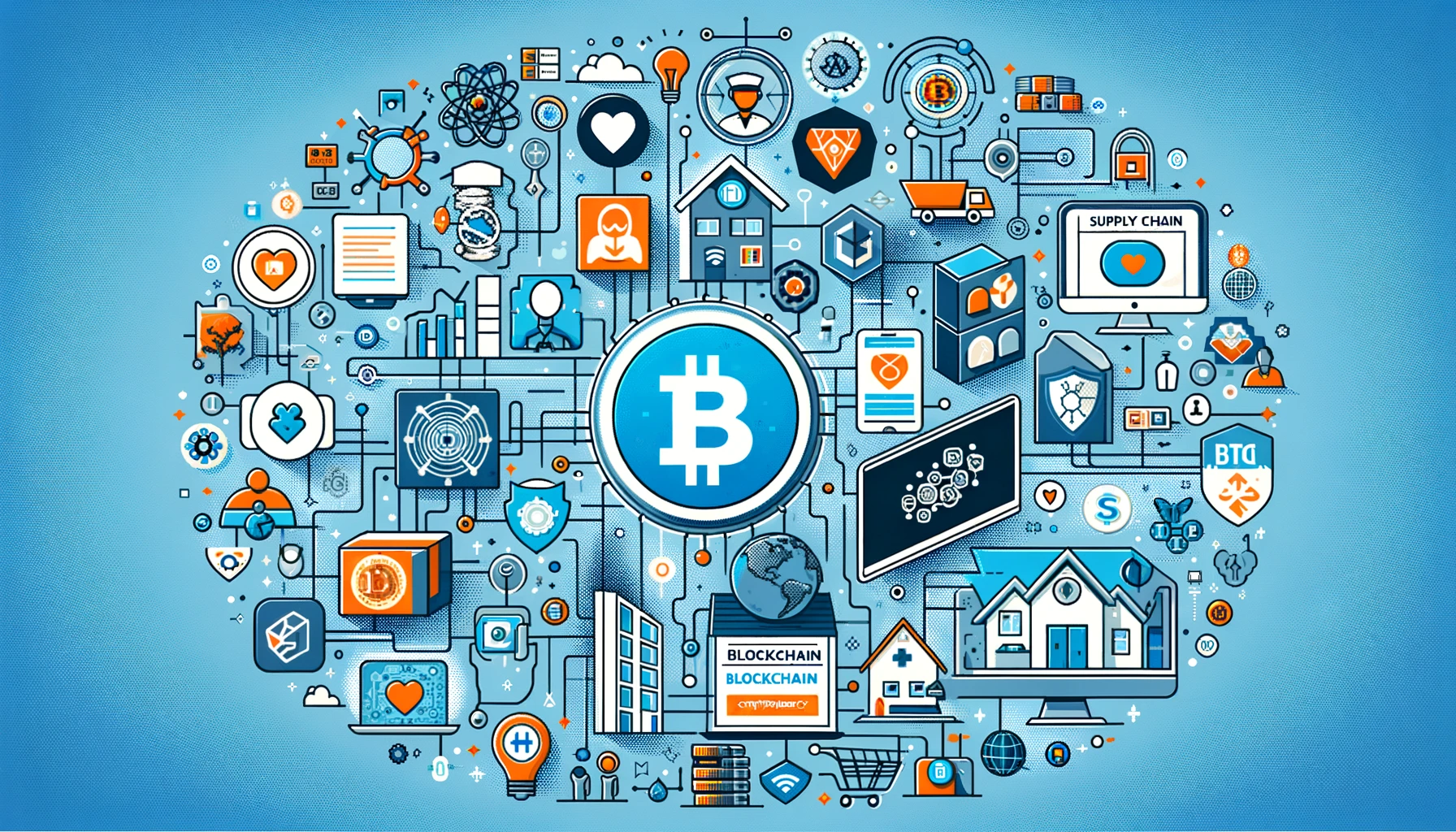
AI in Education: Transforming Learning & Teaching for a Brighter Future
The world is changing at an unprecedented pace, and at the heart of this transformation is Artificial Intelligence (AI). From powering our smartphones to optimizing supply chains, AI is rapidly becoming an indispensable part of our daily lives. Now, this powerful technology is stepping into the classroom, promising to revolutionize how we learn and teach.
Far from being a futuristic fantasy, AI in education is already a reality, reshaping the landscape of learning. It’s not about replacing the invaluable human touch of teachers, but rather about empowering them and creating more engaging, personalized, and effective learning experiences for students.
In this comprehensive guide, we’ll explore what AI in education truly means, its immense benefits, real-world applications, and the challenges we need to address to harness its full potential responsibly.
What Exactly is AI in Education? A Beginner’s Guide
Before we dive deep, let’s understand what we mean by "AI" in this context.
Artificial Intelligence (AI) refers to computer systems designed to perform tasks that typically require human intelligence. This includes things like:
- Learning: Identifying patterns from data (e.g., how a student learns best).
- Problem-solving: Finding solutions to complex issues.
- Decision-making: Choosing the best course of action.
- Understanding language: Processing and responding to human speech or text.
- Recognizing images: Identifying objects or faces.
When we talk about AI in Education (AIEd), we’re referring to the application of these AI technologies to enhance learning, teaching, and administrative processes within educational settings. Think of it as a super-smart assistant that helps students learn more effectively and teachers teach more efficiently.
It’s crucial to understand this core principle: AI in education is a tool. Like a calculator helps with math, or a projector helps display information, AI is designed to augment human capabilities, not replace them.
The Transformative Power: Benefits of AI for Students & Teachers
The potential benefits of integrating AI into education are vast and touch every aspect of the learning ecosystem.
1. Unlocking Personalized Learning Experiences
One of the most exciting promises of AI is its ability to tailor education to each individual student. Traditional classrooms often operate on a "one-size-fits-all" model, which can leave some students struggling and others unchallenged. AI changes this:
- Adaptive Learning Paths: AI can analyze a student’s performance, learning style, and pace. It then adjusts the curriculum, content, and difficulty level in real-time. If a student is struggling with a concept, AI can provide extra practice or different explanations. If they’ve mastered something, it can offer more advanced material.
- Individualized Feedback: Beyond just a grade, AI can provide specific, constructive feedback on assignments, highlighting areas for improvement and suggesting resources.
- Identifying Learning Gaps: AI can pinpoint exactly where a student is struggling, allowing for targeted intervention before small issues become big problems.
2. Empowering Educators with Intelligent Tools
Teachers are often overwhelmed with large class sizes and administrative tasks. AI can lighten this load, freeing them to focus on what they do best: connecting with students and inspiring learning.
- Automated Grading & Feedback: AI can quickly and accurately grade multiple-choice questions, essays (with increasing sophistication), and coding assignments, providing immediate feedback to students and saving teachers countless hours.
- Data-Driven Insights: AI can analyze vast amounts of student data to identify trends, predict which students might need extra support, and inform teaching strategies. This helps teachers make more informed decisions.
- Content Curation & Creation: AI can help teachers find relevant learning materials, suggest supplementary resources, or even assist in generating new lesson plans and interactive exercises.
3. Intelligent Tutoring Systems & 24/7 Support
Imagine having a dedicated tutor available whenever you need them. AI makes this a reality.
- Virtual Tutors: AI-powered tutoring systems can provide step-by-step guidance, answer questions, and offer practice problems outside of class hours. They can adapt to the student’s needs, providing support precisely when and where it’s required.
- Language Learning Companions: AI chatbots can engage in conversational practice, correct pronunciation, and provide instant translations, making language acquisition more accessible and less intimidating.
4. Enhancing Accessibility & Inclusion
AI holds immense potential to break down barriers for students with diverse needs.
- Personalized Accommodations: AI can adapt learning materials for students with disabilities, providing text-to-speech, speech-to-text, visual aids, or alternative navigation options.
- Language Translation: For non-native speakers, AI can translate lessons and provide real-time captions, ensuring everyone can participate fully.
- Emotion Recognition: Some AI tools can analyze student engagement and emotional states (e.g., frustration, confusion), alerting teachers to intervene before a student disengages.
5. Streamlining Administrative Tasks
Beyond the classroom, AI can significantly improve the efficiency of educational institutions.
- Automated Enrollment & Scheduling: AI can optimize class schedules, manage student registrations, and handle administrative queries, reducing wait times and human error.
- Resource Allocation: AI can help predict resource needs, such as textbook requirements or classroom availability, leading to more efficient planning.
- Security & Safety: AI-powered surveillance systems can enhance campus security, while predictive analytics can help identify potential safety risks.
Real-World Applications: AI in Today’s Classrooms
AI isn’t just a concept; it’s already being implemented in various forms:
- Adaptive Learning Platforms: Companies like DreamBox Learning and ALEKS use AI to provide personalized math and science instruction, adjusting content based on student performance.
- AI-Powered Writing Assistants: Tools like Grammarly or features in word processors use AI to check grammar, spelling, style, and even suggest rephrasing, helping students improve their writing skills.
- Chatbots & Virtual Assistants: Universities use chatbots to answer common student questions about admissions, financial aid, or campus life 24/7, freeing up administrative staff.
- Automated Proctoring: AI is used in online exams to monitor student behavior, detect cheating, and ensure academic integrity.
- Virtual Reality (VR) & Augmented Reality (AR) Experiences: While not purely AI, these immersive technologies are often enhanced by AI to create interactive simulations for subjects like anatomy, history, or engineering, allowing students to explore complex concepts in a hands-on way.
- AI-Driven Content Creation Tools: Teachers can use AI to generate quizzes, summaries of long texts, or even ideas for creative writing prompts.
Addressing the Concerns: Challenges & Ethical Considerations
While the potential of AI in education is immense, it’s vital to acknowledge and address the challenges and ethical considerations that come with it. Ignoring these could lead to unintended negative consequences.
1. Bias and Fairness
AI systems learn from data. If the data used to train an AI is biased (e.g., reflecting societal prejudices or historical inequalities), the AI can perpetuate or even amplify those biases. This could lead to:
- Unfair Assessments: An AI grading system might inadvertently disadvantage certain groups of students.
- Discriminatory Recommendations: An AI recommending learning paths might inadvertently funnel certain students into less challenging or less desirable tracks.
Solution: Developers and educators must work together to ensure AI systems are trained on diverse, representative, and unbiased data. Regular audits and transparent algorithms are crucial.
2. Privacy and Data Security
AI in education relies heavily on collecting and analyzing student data – from academic performance to learning habits. This raises significant privacy concerns:
- Data Breaches: The risk of sensitive student information falling into the wrong hands.
- Misuse of Data: How is student data being used? Is it being shared with third parties? Could it be used for marketing or other non-educational purposes?
Solution: Robust data encryption, strict privacy policies, compliance with regulations like FERPA (in the US) or GDPR (in Europe), and transparent communication with parents and students about data usage are essential.
3. The Digital Divide
Access to technology and reliable internet is not universal. Relying heavily on AI could exacerbate the existing "digital divide," creating a wider gap between students who have access to these tools and those who don’t.
Solution: Policymakers and educational institutions must prioritize equitable access to technology and connectivity. This includes providing devices, affordable internet, and community learning centers.
4. Maintaining Human Connection & Critical Thinking
A key concern is that over-reliance on AI might diminish the vital human interaction between students and teachers, and between students themselves. There’s also a fear that AI could reduce opportunities for critical thinking if it always provides the "right" answer.
- Human Touch: Empathy, mentorship, and social-emotional learning are uniquely human strengths that AI cannot replicate.
- Deep Understanding: Rote memorization can be tested by AI, but truly understanding complex concepts, debating ideas, and engaging in creative problem-solving still require human facilitation.
Solution: AI should be used to enhance human interaction and critical thinking, not replace them. Teachers remain central to guiding discussions, fostering creativity, and providing emotional support.
5. Teacher Training & Job Evolution
Implementing AI effectively requires teachers to be trained on how to use these new tools. There’s also a natural concern about job displacement.
Solution: Educators need ongoing professional development to understand AI’s capabilities and limitations. Instead of "job displacement," it’s more accurate to speak of "job evolution." Teachers’ roles will shift from being primary information deliverers to facilitators, mentors, and guides who leverage AI to create richer learning experiences.
The Teacher’s Evolving Role in an AI-Powered Classroom
It’s paramount to reiterate: AI is not coming to replace teachers, but to empower them.
In an AI-enhanced educational landscape, the teacher’s role becomes even more vital and focused on higher-order skills:
- Facilitator of Learning: Guiding students through personalized learning paths identified by AI.
- Mentor & Coach: Providing emotional support, fostering critical thinking, and developing social-emotional skills that AI cannot.
- Curator & Designer: Selecting and adapting AI tools and resources to best fit their students’ needs.
- Data Interpreter: Understanding AI-generated insights to inform teaching strategies and interventions.
- Innovator: Experimenting with new AI tools and methodologies to improve educational outcomes.
- Human Connector: Building relationships, inspiring curiosity, and creating a supportive classroom community.
The future classroom will likely see teachers working alongside AI, leveraging its power to automate routine tasks and provide data-driven insights, while focusing their invaluable human energy on personalized guidance, creative instruction, and fostering the unique human qualities that define effective education.
Preparing for the Future: Recommendations for Success
To successfully integrate AI into education and truly unlock its potential, several key steps are necessary:
- Invest in Teacher Training: Provide comprehensive, ongoing professional development for educators on how to effectively use and integrate AI tools into their teaching practices.
- Develop Ethical Guidelines: Establish clear ethical frameworks and policies for the development, deployment, and use of AI in educational settings, focusing on fairness, transparency, and privacy.
- Pilot Programs & Research: Encourage research and pilot programs to understand the most effective ways to use AI, measure its impact, and identify best practices.
- Foster Collaboration: Encourage collaboration between educators, AI developers, policymakers, and parents to ensure AI tools meet real educational needs and are implemented responsibly.
- Prioritize Digital Equity: Address the digital divide by ensuring all students have equitable access to technology, internet connectivity, and the skills needed to use AI tools.
- Focus on Human-AI Collaboration: Design AI systems that augment human capabilities rather than replace them, emphasizing the partnership between teachers and technology.
Conclusion: Embracing a Smarter Future for Learning
Artificial Intelligence is poised to be one of the most impactful technologies in the history of education. It offers an unprecedented opportunity to move beyond the traditional "one-size-fits-all" model to create truly personalized, engaging, and effective learning experiences for every student.
While challenges related to bias, privacy, and digital equity must be diligently addressed, the potential rewards are too significant to ignore. By embracing AI thoughtfully, ethically, and strategically, we can empower teachers, unlock student potential, and prepare the next generation for a world that is increasingly shaped by technology.
The future of learning isn’t about replacing the human element with machines; it’s about leveraging the incredible power of AI to amplify human intelligence, creativity, and connection, building a brighter, smarter, and more inclusive educational future for all.



Post Comment